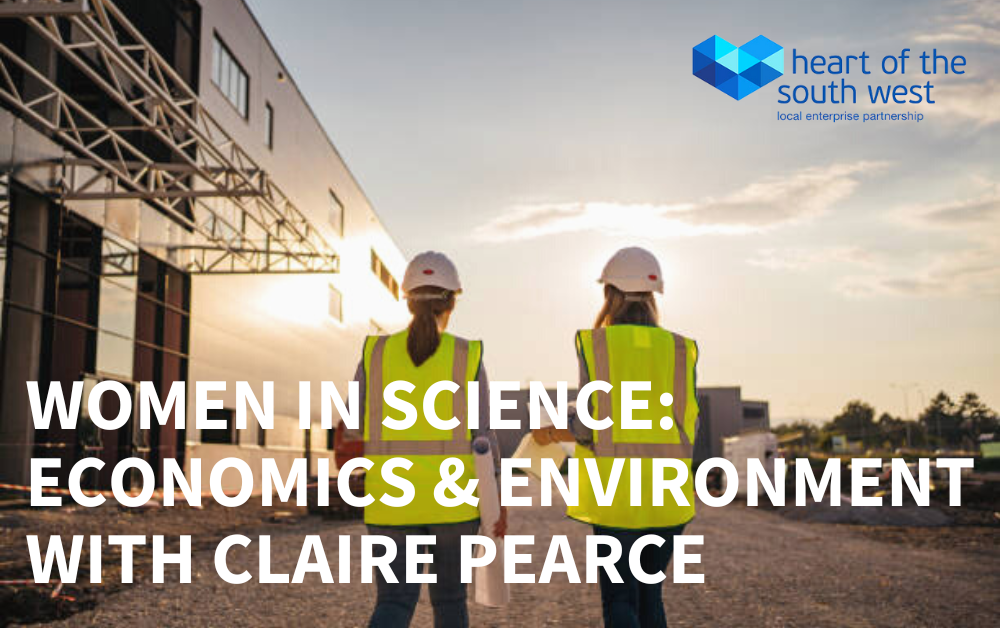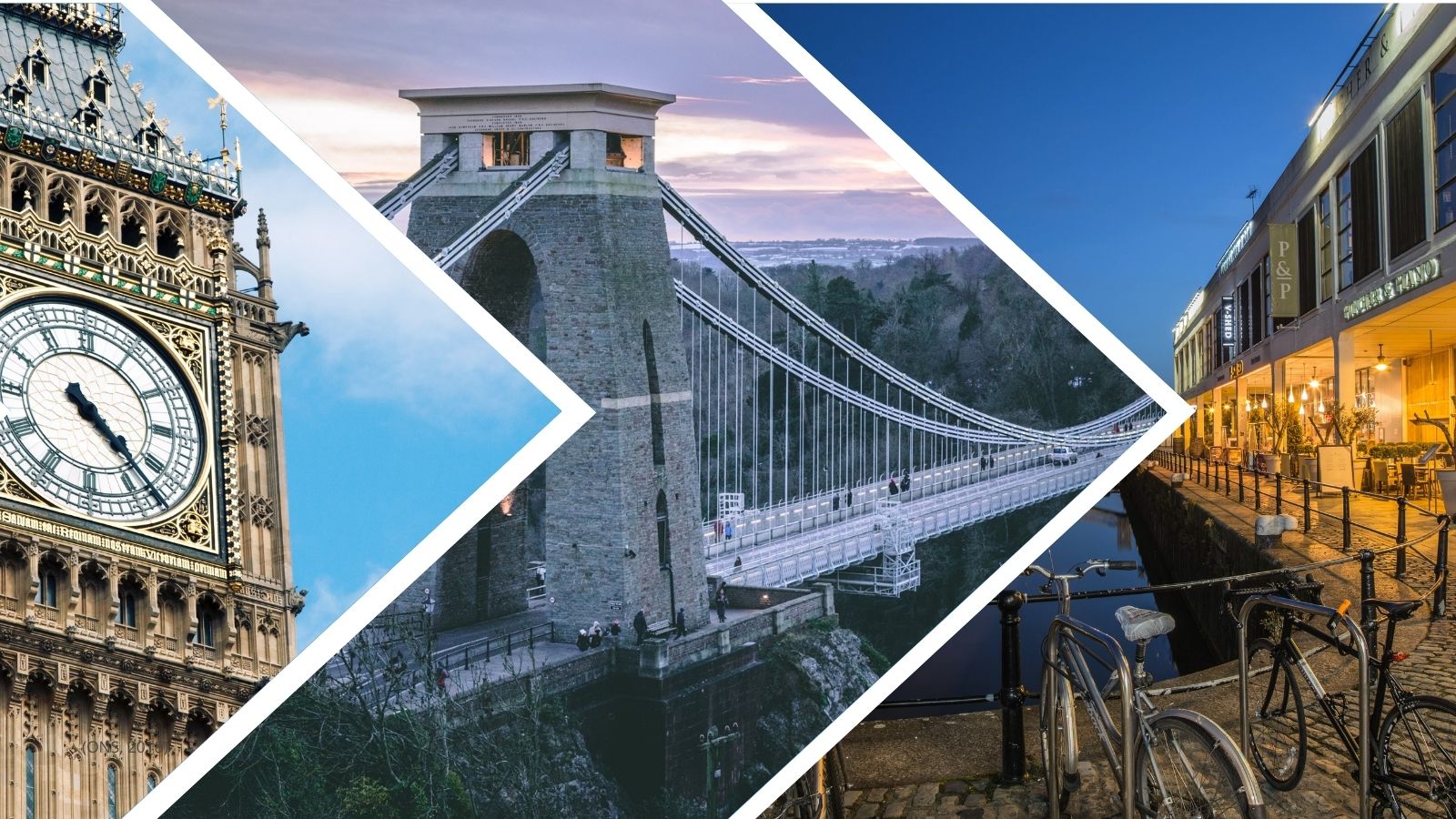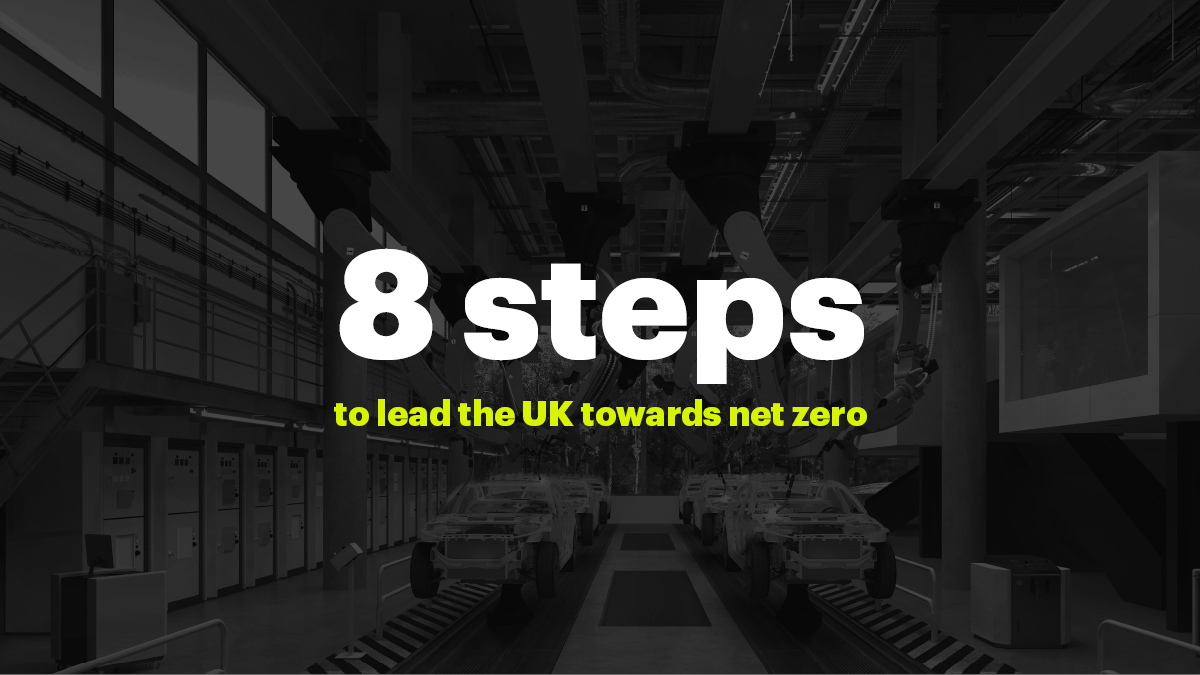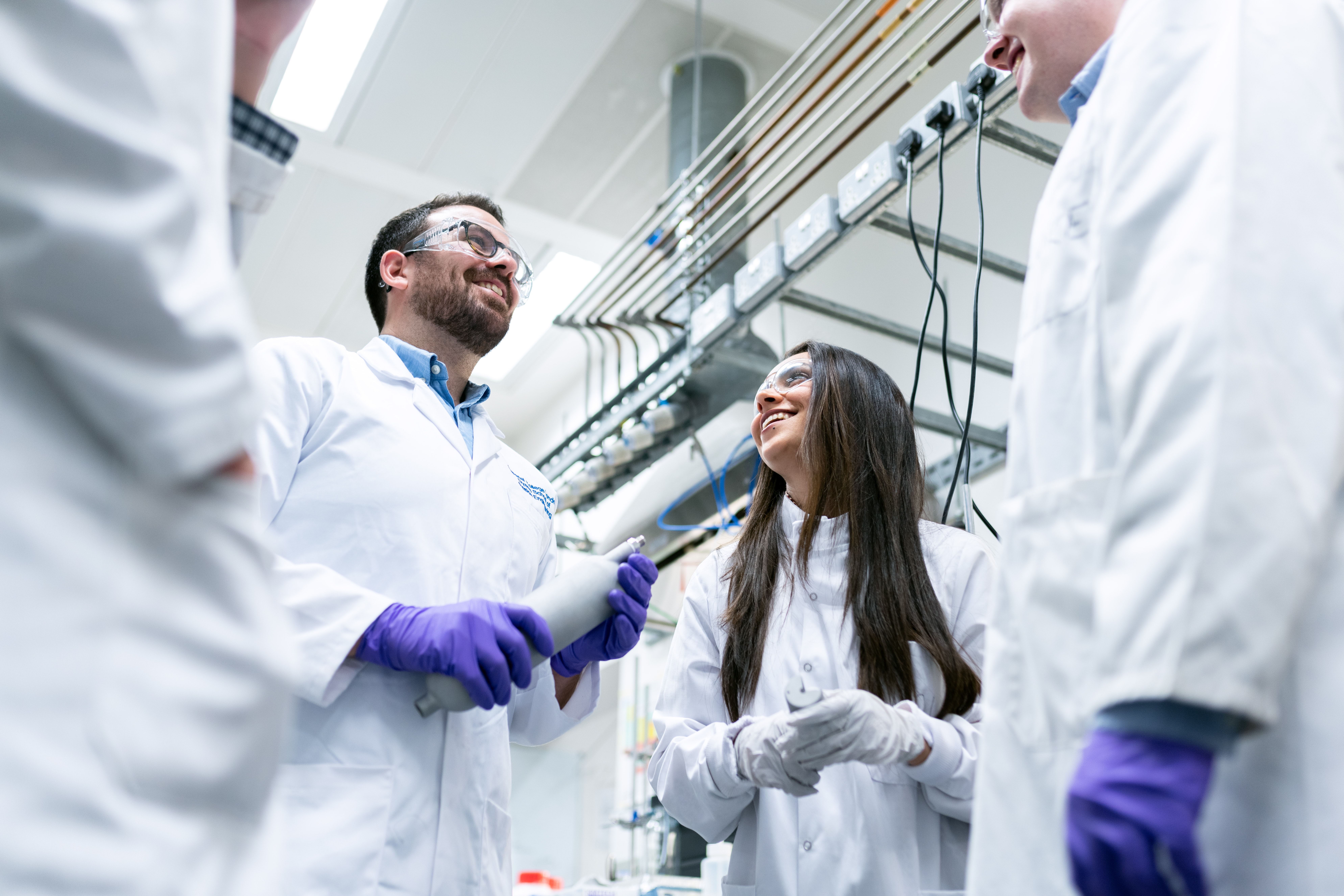International Women & Girls in Science Day celebrates women in Science, Technology, Engineering and Mathematics (STEM). From the climate crisis to pandemics, women around the world are playing vital roles in solving the most pressing issues of our times.
In celebration, Heart of the South West‘s LEP is hosting a blog series featuring women from across the Heart of the South West’s STEM sectors. In this blog, Claire Pearce, Director of Planning and Economic Development at Salamanca Group, and Gravity in Somerset shares her journey as a woman in STEM.
Claire grew up in rural Pembrokeshire where her interest in the environment began, and went on to study geography, planning and sustainability and then business management at university, and has always had an interest in land.
Throughout her career, Claire has worked in consultancies on planning and transport where she developed skills in data, transport models and technical reports. She later moved to local government to develop her skills in public policy and places.
Claire is a Member of the Royal Town Planning Institute, the Institute of Economic Development, and Women in Property. Claire also mentors on the Reading University Real Estate course, and has mentored a female planning student from the University of West of England. Claire sits on the board as Governor at Bridgwater and Taunton College, providing a link to the college operations and board on sustainability, and also sits on the audit committee to scrutinise finance and risk.
“During the recession in the early 1990s, I really began to understand the reality of inflation, deprivation and the impacts of places on communities and individuals. Nothing was happening on the ground to help inject confidence into the market and stimulate investment to create jobs, so my years at Reading Borough Council during that time were instrumental in shaping my solutions-orientated approach to creating the conditions for investment to facilitate regeneration.”
Claire has worked in the public and private sectors across planning, transport, economic development, real estate and sustainability. “This led me to leadership roles in local government and now the private sector, where I can bring together my experience in understanding a systems approach to places, leading multi-disciplinary teams to find solutions, attracting investment to regenerate sites and creating opportunities for communities and business.”
Before her current role, Claire worked as the Chief Planning Officer for Sedgemoor District Council which led the planning and implementation strategy for the Hinkley Point C nuclear build project. She is now Director of Planning and Economic Development for real estate and investment business Salamanca Group, which has a number of major projects including Gravity and Wildfox Resorts.
Gravity is a 616-acre enterprise zone in Somerset, regenerating a contaminated brownfield industrial site into a clean growth, advanced manufacturing campus creating up to 7, 500 jobs. It is a golden opportunity- a scarce site within a global marketplace – with the potential to host a gigafactory – one of several the UK will require to respond to climate change and accelerate the transition towards a net zero economy. Gravity’s main priority is to now secure investors and high-quality occupiers aligned with their mission and commitment to clean and inclusive growth.
The ambition is to create social value by regenerating places and linking opportunities to communities to enable sustainable economic restructuring. Claire has led the project’s planning and economic development strategy, including the associated environmental assessments.
“Gravity has recently published its first reports on sustainability and social value to communicate progress. We have remediated a large-scale contaminated site and recycled thousands of tonnes of material to reuse. Alongside this, we have initiated work with Bridgwater and Taunton College on workforce planning and training, and have created a conservation project and worked with students from the college to create a new bat house.”
“Our project with MOBIE saw us promoting a design project in schools on place-making won by Alicia Ghio, Bounce Forward, an education charity supporting local schools on economic resilience and we are just entering a new phase of work, launching the Gravity Sphero initiative, which supports learning through play, gently encouraging boys and girls to explore coding and digital skills through football. Bridgwater United has an excellent women’s and football programme, and working with the Community Sports Trust we are linking sport to learning and future career opportunities.”
Claire was asked if she had any advice for women and girls pursuing STEM careers, She said: “There are so many diverse career opportunities, it is about working out what you like, and don’t like doing, going to see things through work experience, and finding areas of work to inspire, interest and motivate you.”
“The work opportunities in the future will need creative minds; people that want to learn, find solutions, and can be agile and resilient. It’s important to understand and develop emotional intelligence, and be open to ideas and opportunities to explore the world of STEM. Women think differently, so don’t be shy – the world is your oyster. Go for it!”
Read the rest of the blogs in Heart of the South West LEP’s Blog series here.








